导读:高考英语试题中,英语文章所占的比重越来越大,这就要求各位同学需要有一定的英语文章阅读的能力,同时还需要掌握一定的阅读技巧,这样才能在短时间内明白一篇英语短文的大概意思。提高英语阅读能力除了需要有足够的单词积累,还要多多练习,英文阅读需要保持一定的熟悉感。现长沙新东方高考频道为各位同学分享一篇高考英语阅读理解真题,供各位同学参考学习。
Bad news sells. If it bleeds, it leads. No news is good news, and good news
is no news. Those are the classic rules for the evening broadcasts and the
morning papers. But now that information is being spread and monitored (监控) in
different ways, researchers are discovering new rules. By tracking people’s
e-mails and online posts, scientists have found that good news can spread faster
and farther than disasters and sob stories.
“The ‘if it bleeds’ rule works for mass media,” says Jonah Berger, a
scholar at the University of Pennsylvania. “They want your eyeballs and don’t
care how you’re feeling. But when you share a story with your friends, you care
a lot more how they react. You don’t want them to think of you as a Debbie
Downer.”
Researchers analyzing word-of-mouth communication—e-mails, Web posts and
reviews, face-to-face conversations—found that it tended to be more positive
than negative(消极的), but that didn’t necessarily mean people preferred positive
news. Was positive news shared more often simply because people experienced more
good things than bad things? To test for that possibility, Dr. Berger looked at
how people spread a particular set of news stories: thousands of articles on The
New York Times’ website. He and a Penn colleague analyzed the “most e-mailed”
list for six months. One of his first findings was that articles in the science
section were much more likely to make the list than non-science articles. He
found that science amazed Times’ readers and made them want to share this
positive feeling with others.
Readers also tended to share articles that were exciting or funny, or that
inspired negative feelings like anger or anxiety, but not articles that left
them merely sad. They needed to be aroused(激发) one way or the other, and they
preferred good news to bad. The more positive an article, the more likely it was
to be shared, as Dr. Berger explains in his new book, “Contagious: Why Things
Catch On.”
32. What do the classic rules mentioned in the text apply to?
A. News reports. B. Research papers. C .Private e-mails. D. Daily
conversations.
33. What can we infer about people like Debbie Downer?
A. They’re socially inactive. B. They’re good at telling stories.
C. They’re inconsiderate of others. D. They’re careful with their
words.
34. Which tended to be the most e-mailed according to Dr. Berger’s
research?
A. Sports news. B. Science articles. C. Personal accounts. D. Financial
reviews.
35. What can be a suitable title for the text?
A. Sad Stories Travel Far and Wide B .Online News Attracts More People
C. Reading Habits Change with the Times D. Good News Beats Bad on Social
Networks
答案:A、C、B、D
延伸阅读:
2019高考英语专项大作战
2018年高三英语阅读:高考真题练习(13)
2018年高三英语阅读:高考真题练习(12)
2018年高三英语阅读:高考真题练习(10)
2018年高三英语阅读:高考真题练习(9)
2018年高三英语阅读:高考真题练习(8)
2018年高三英语阅读:高考真题练习(7)


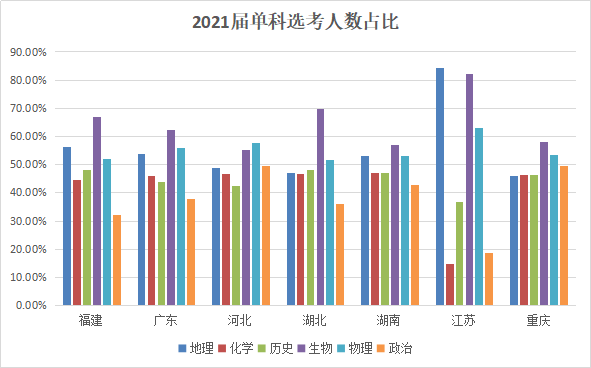










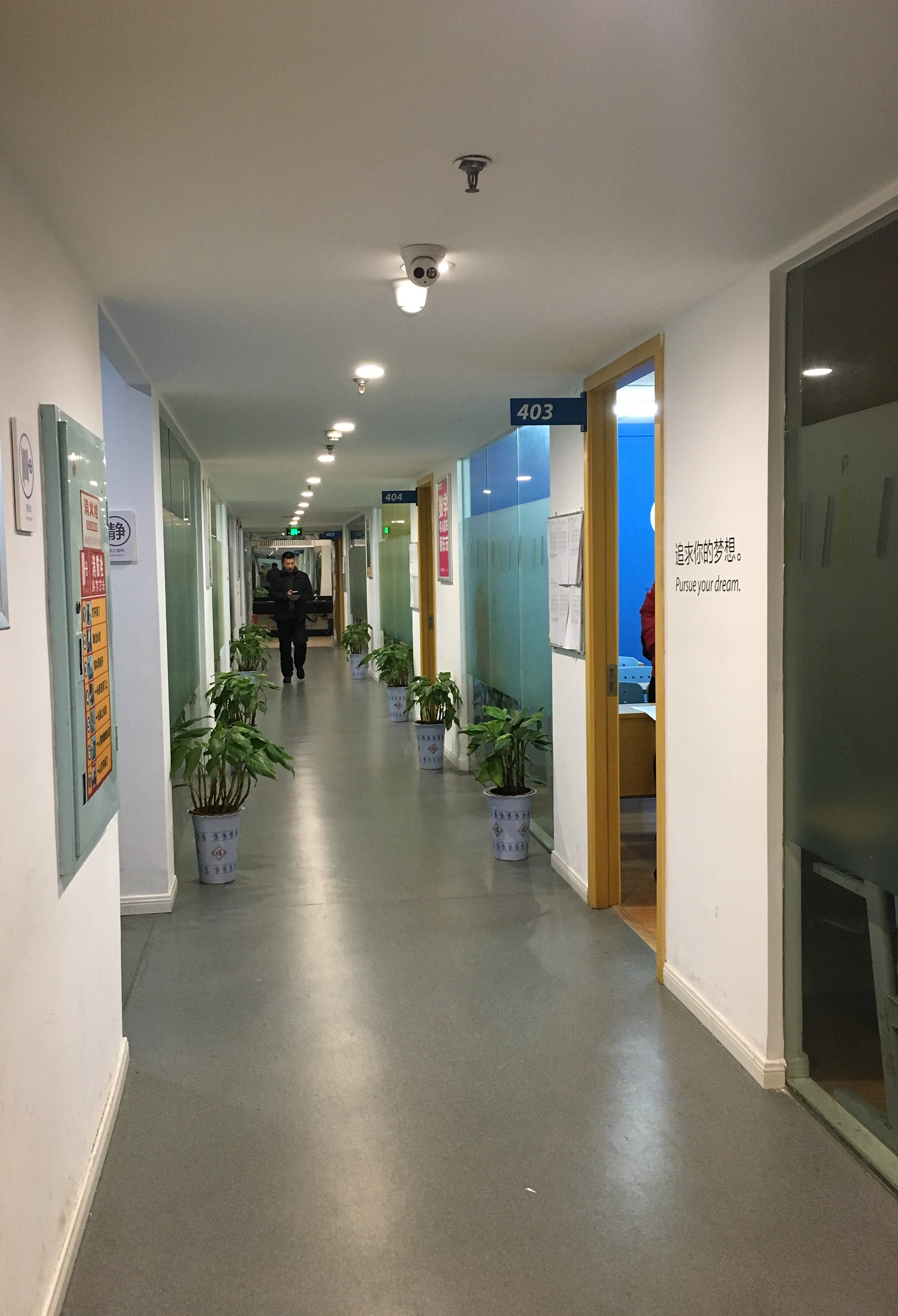

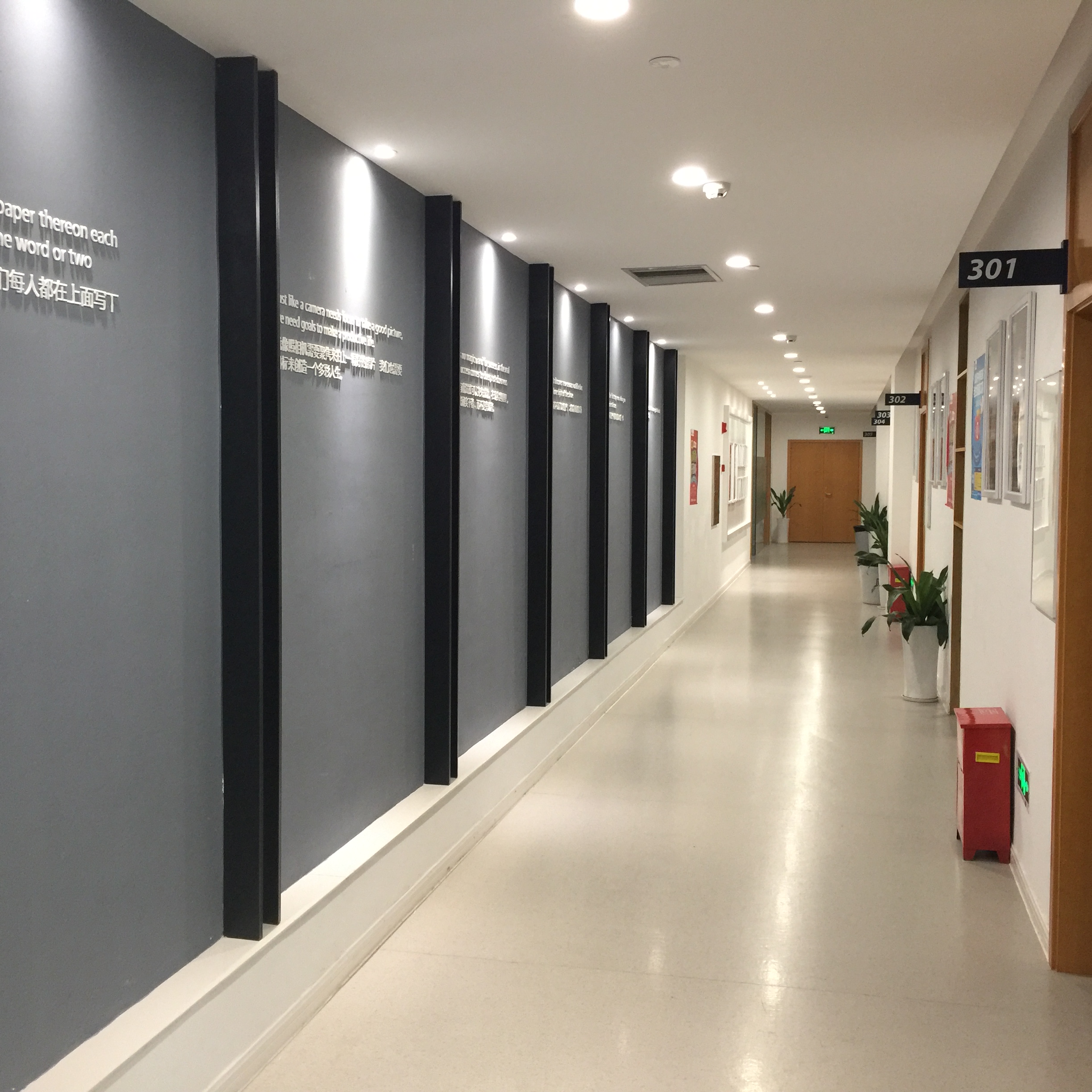





 京公网安备11010802021790号
京公网安备11010802021790号


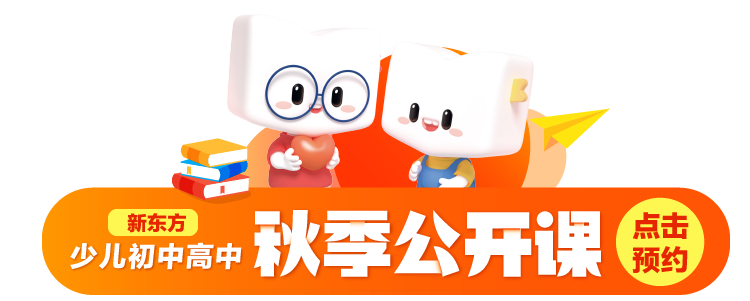
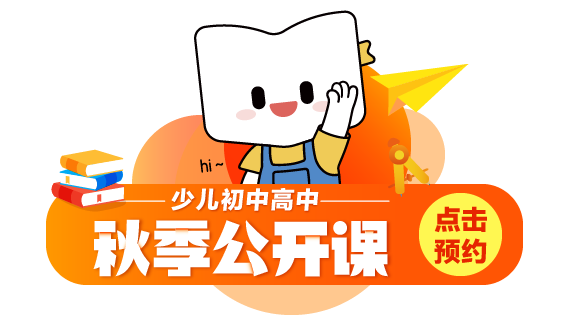





 学习资料
学习资料
